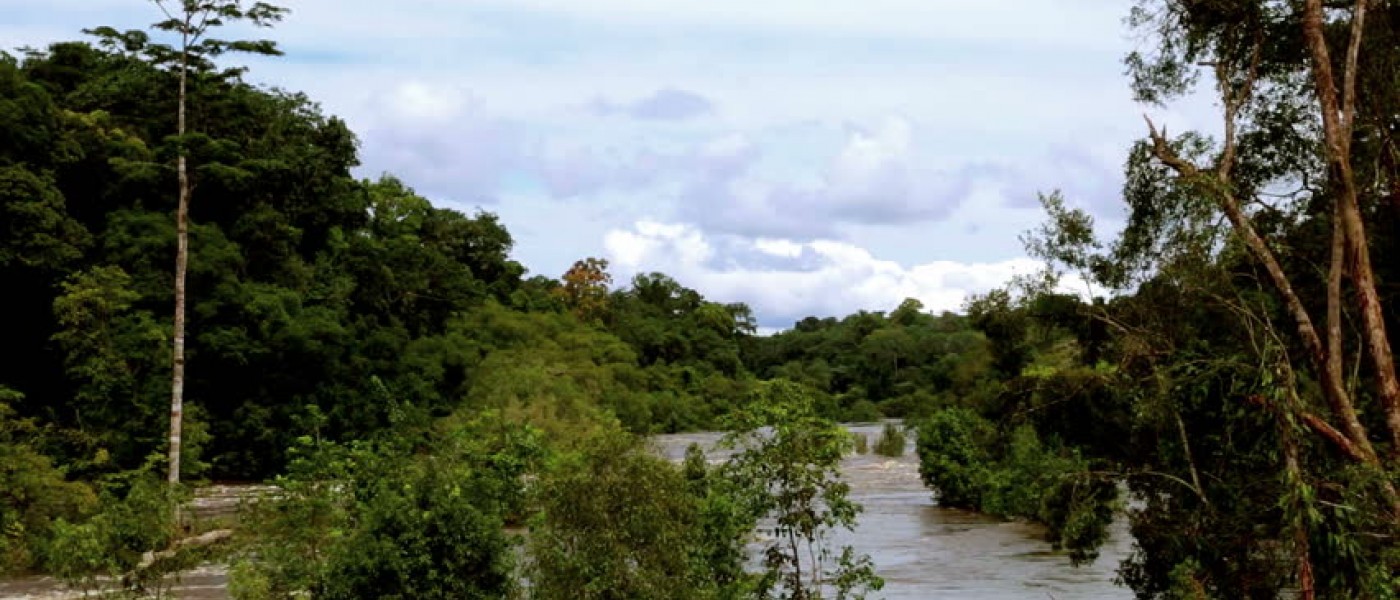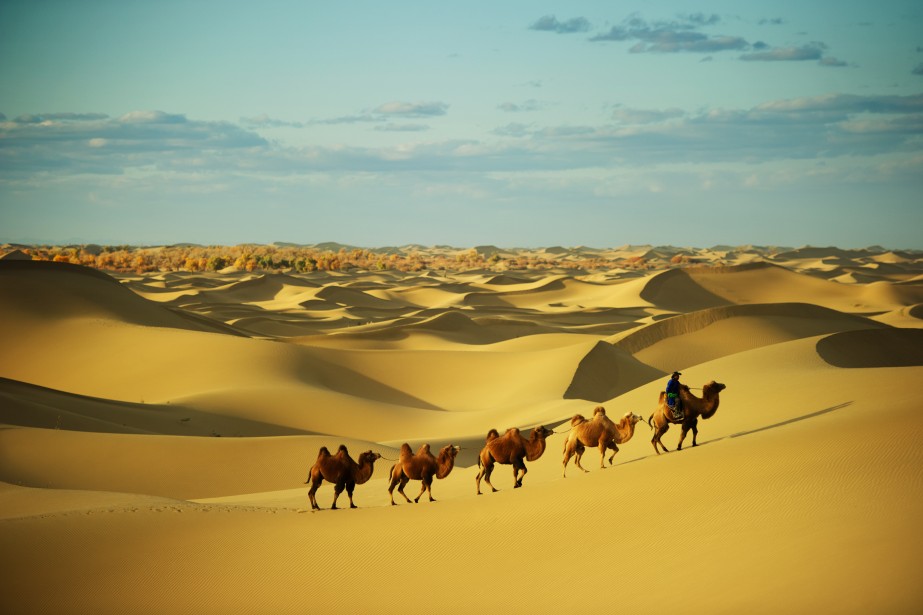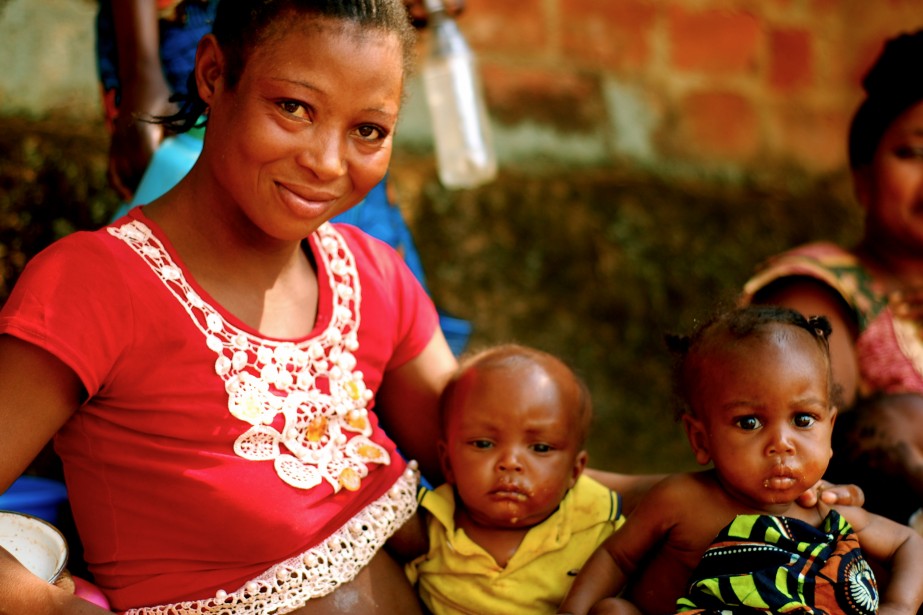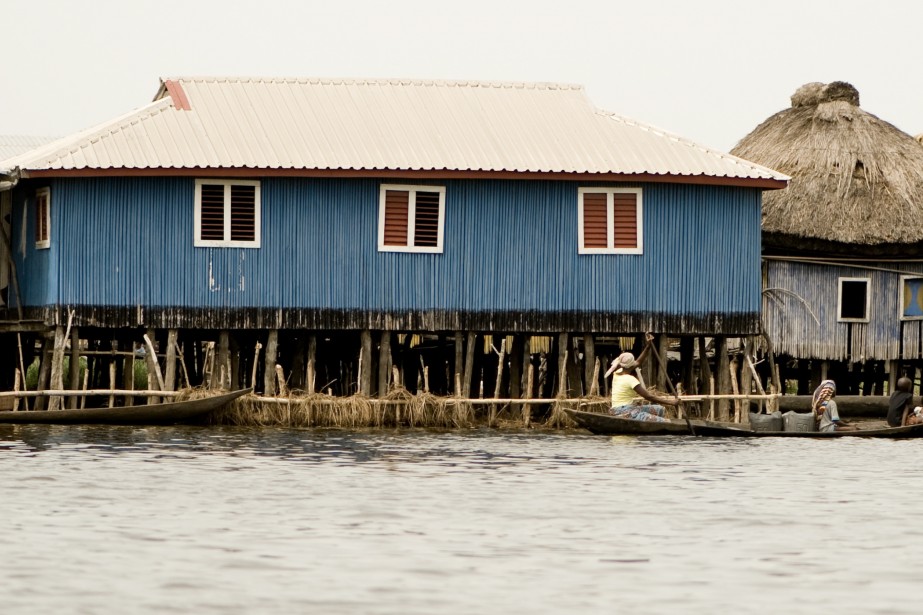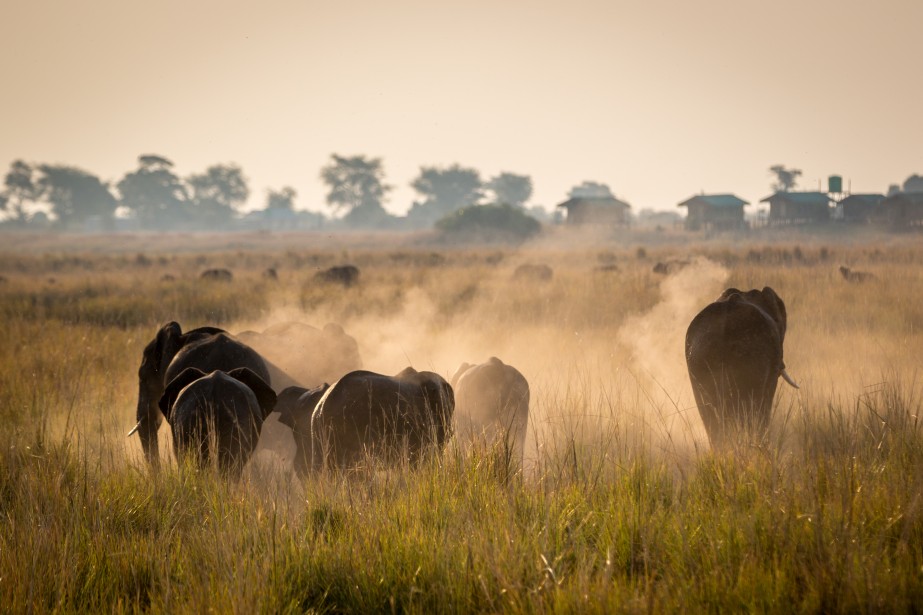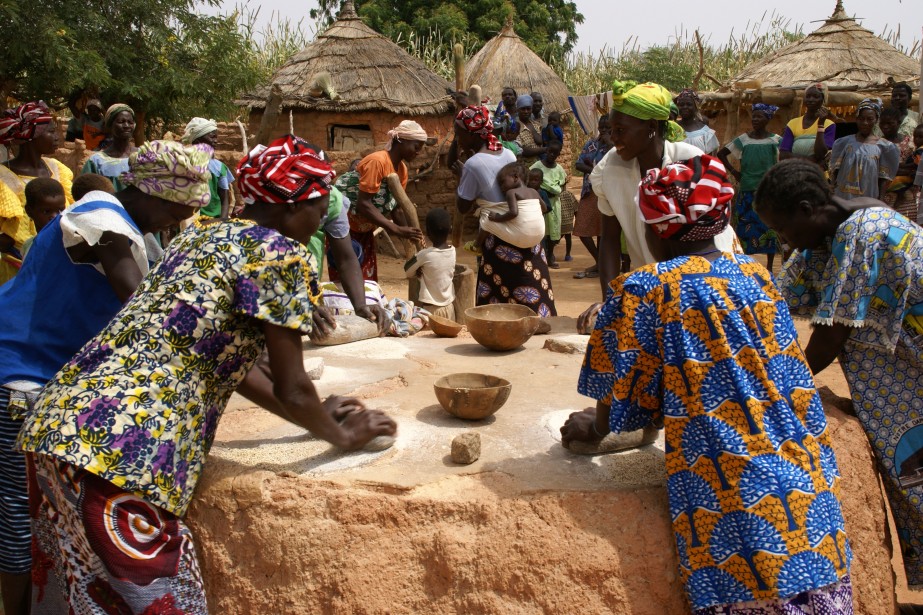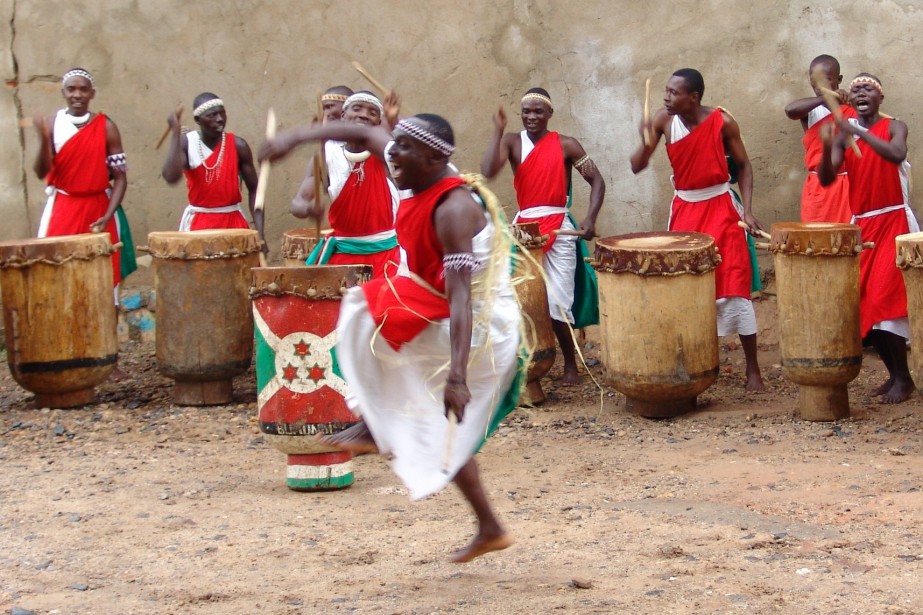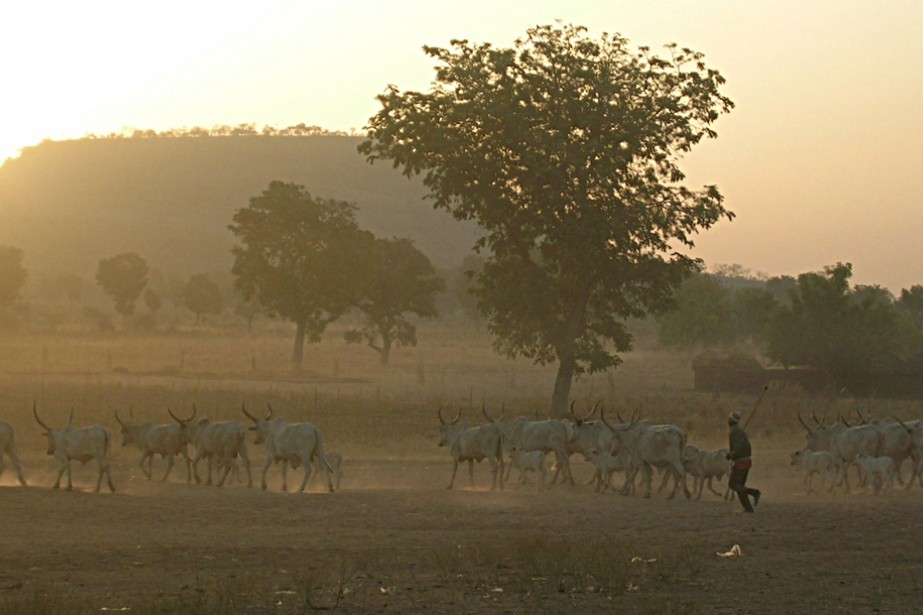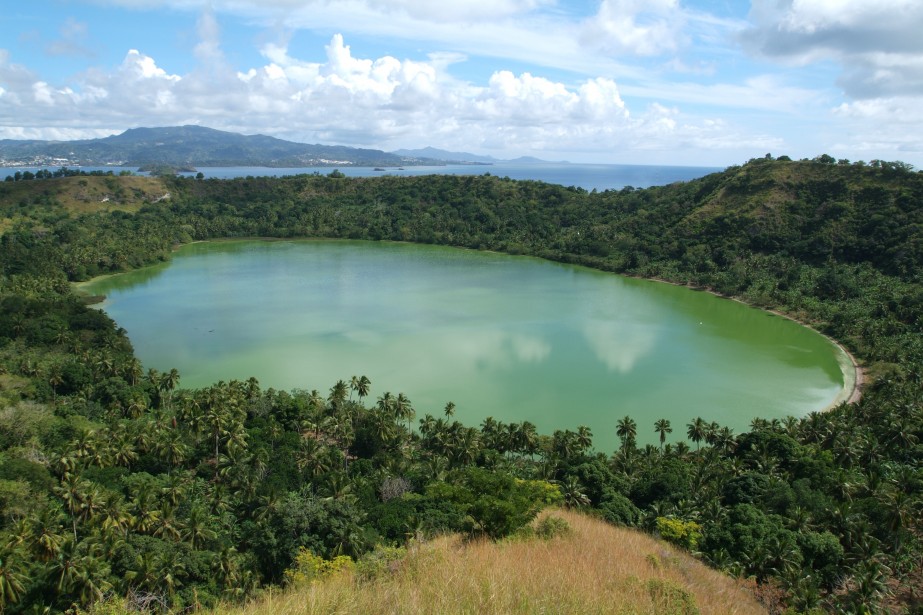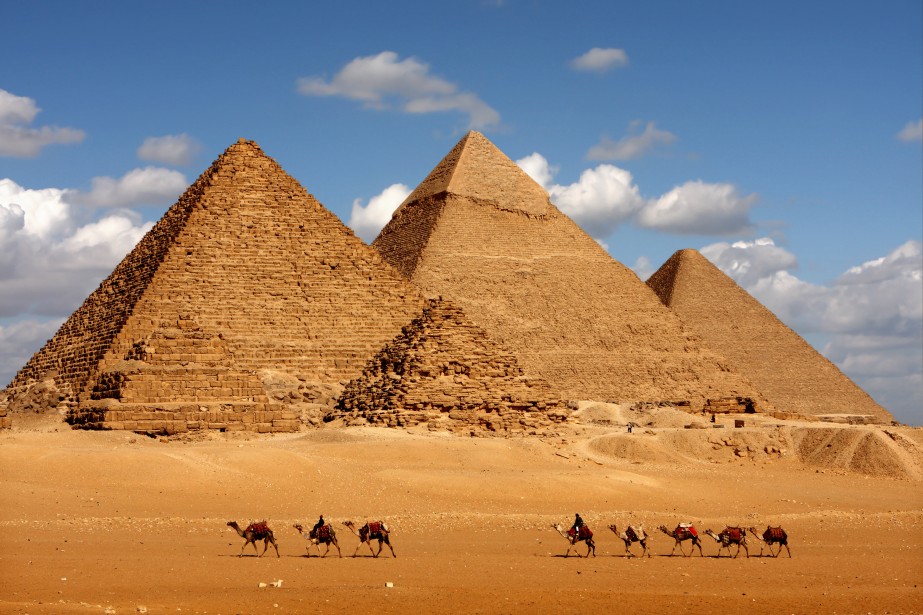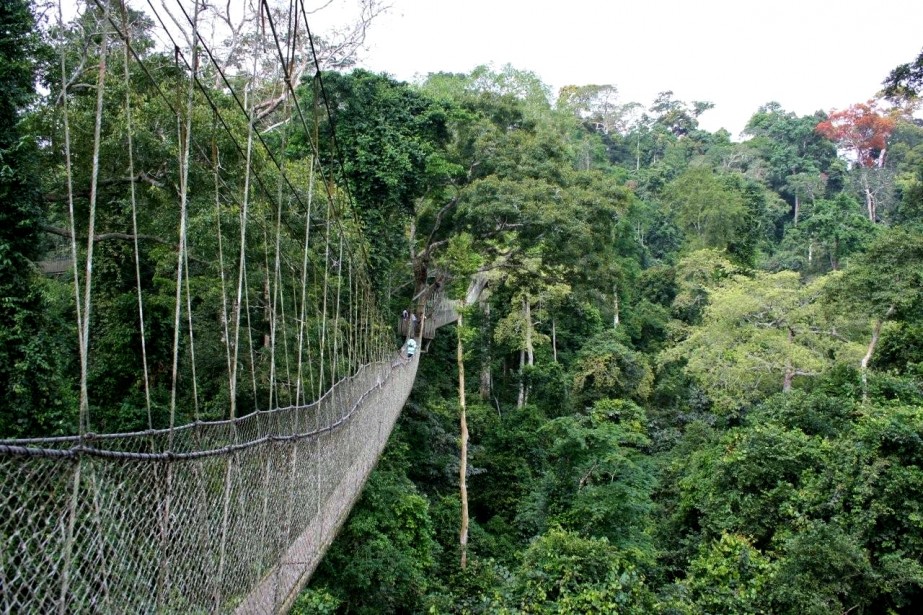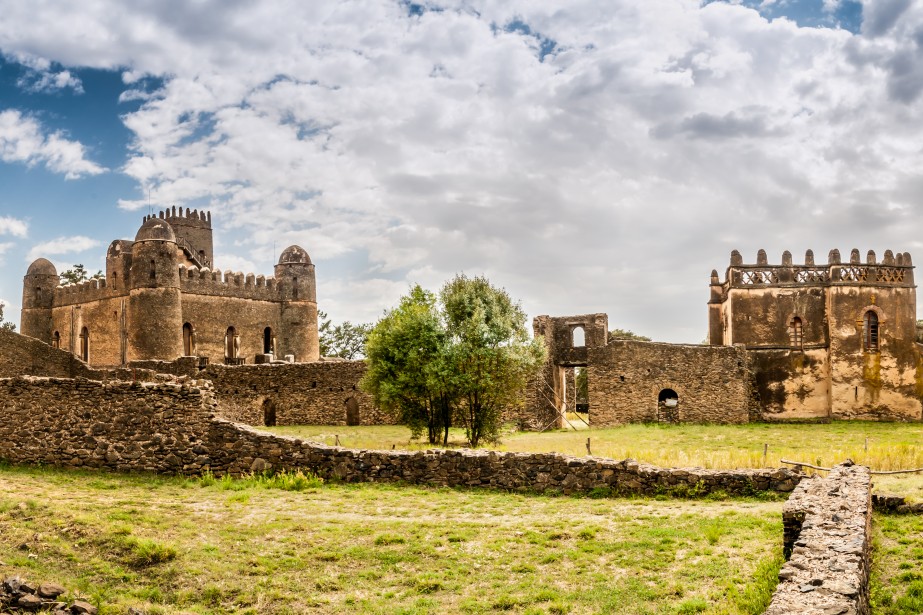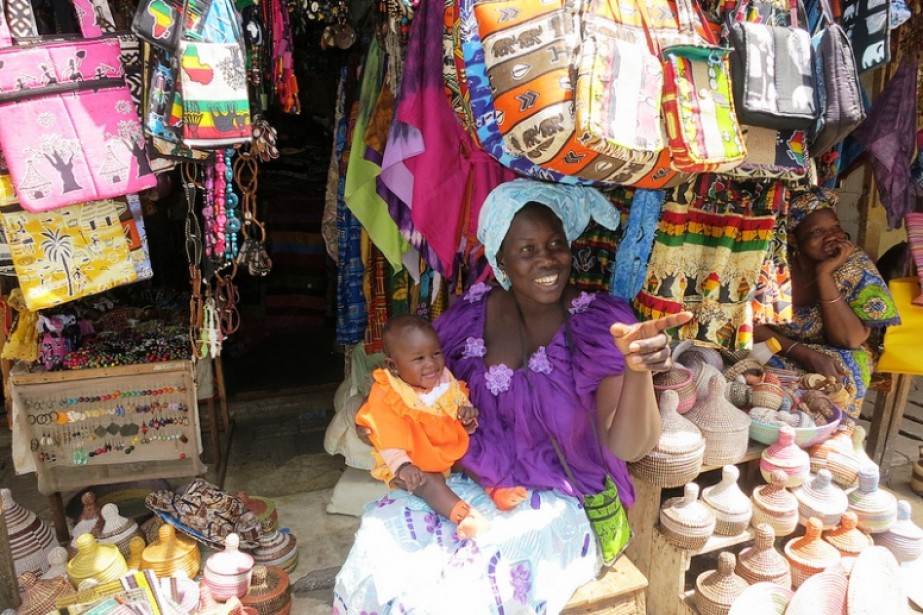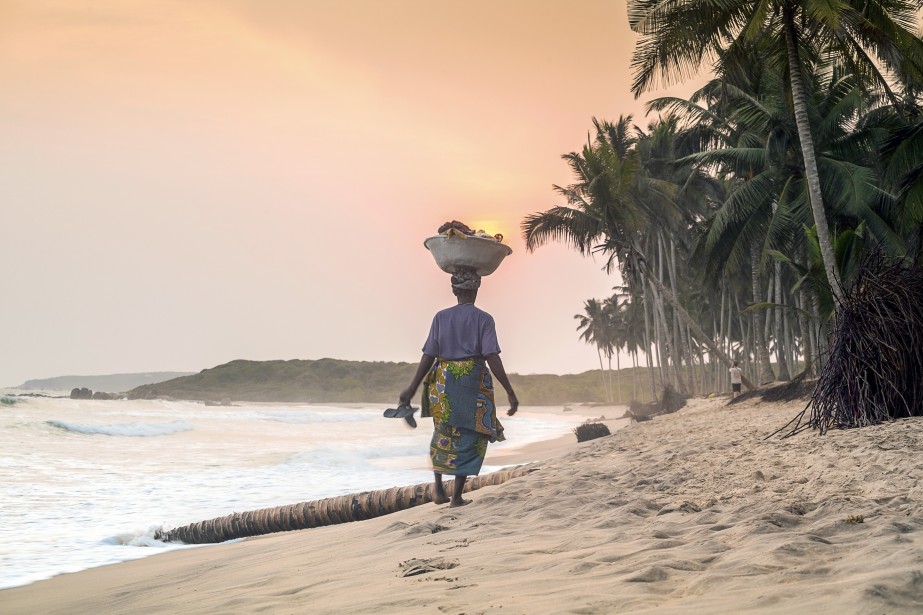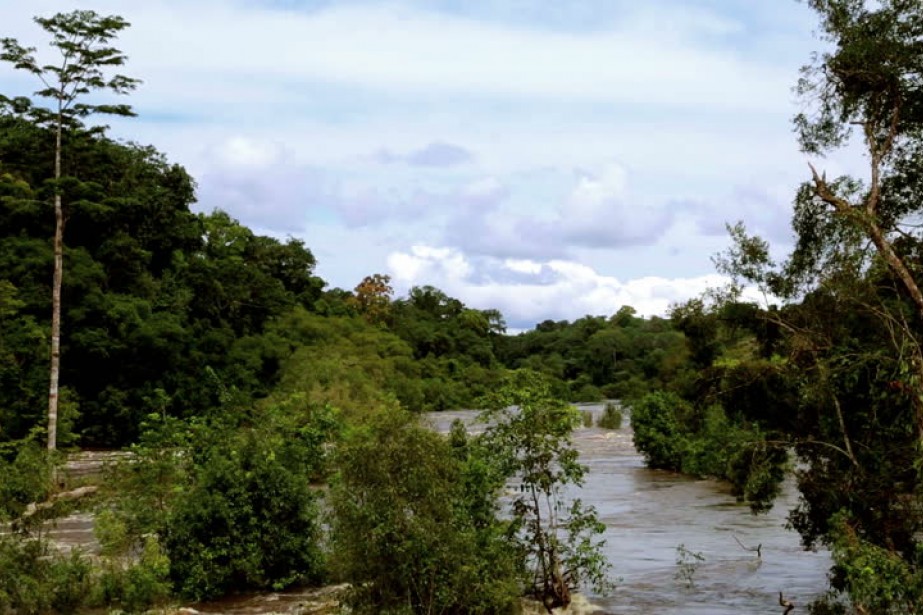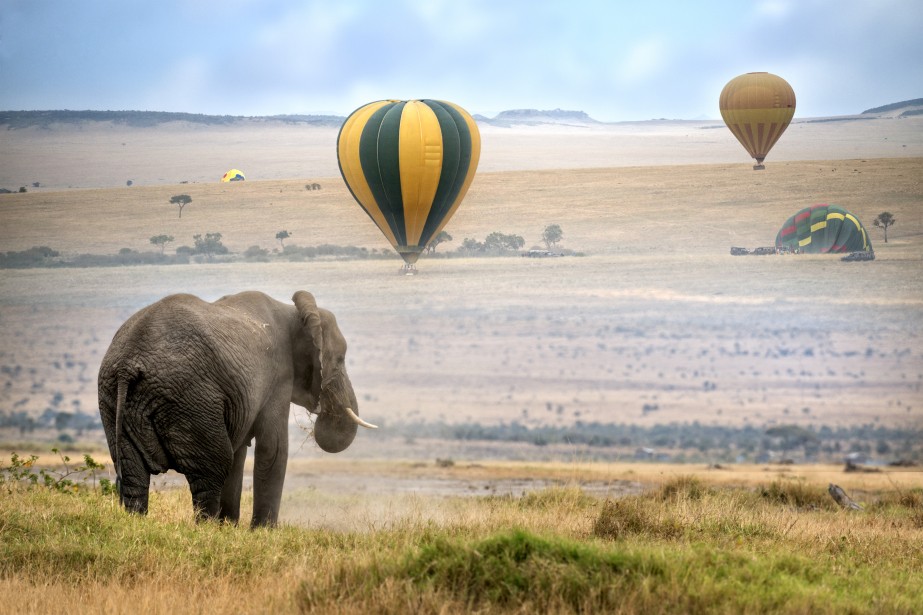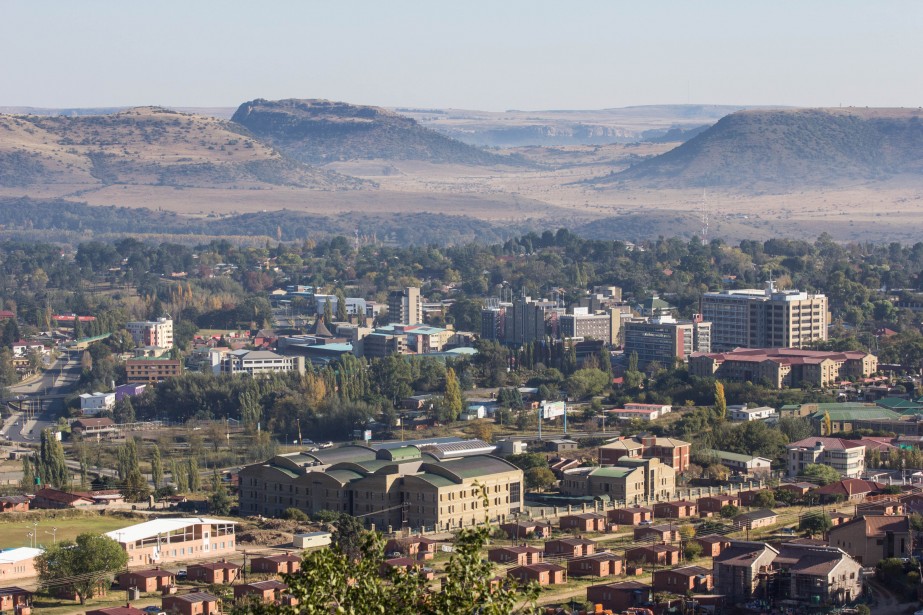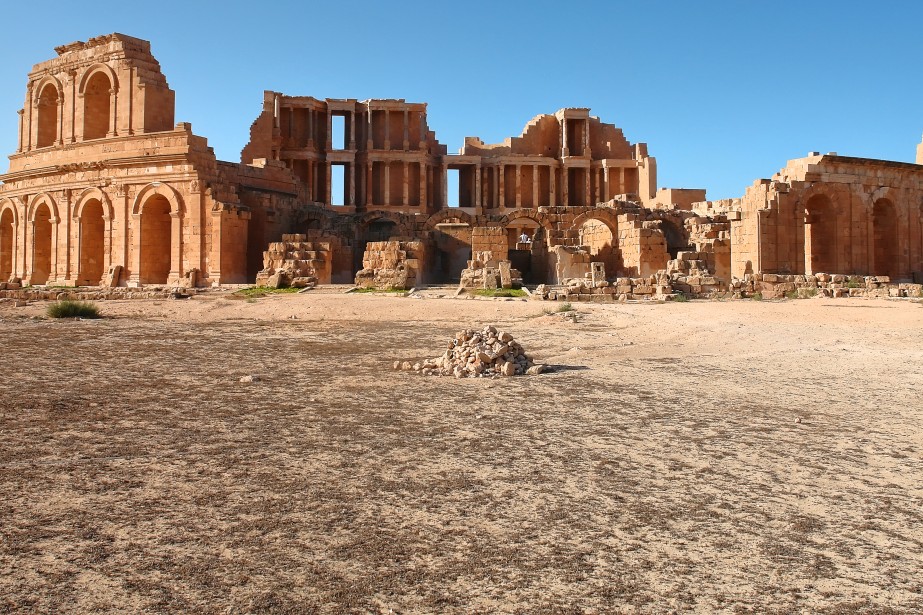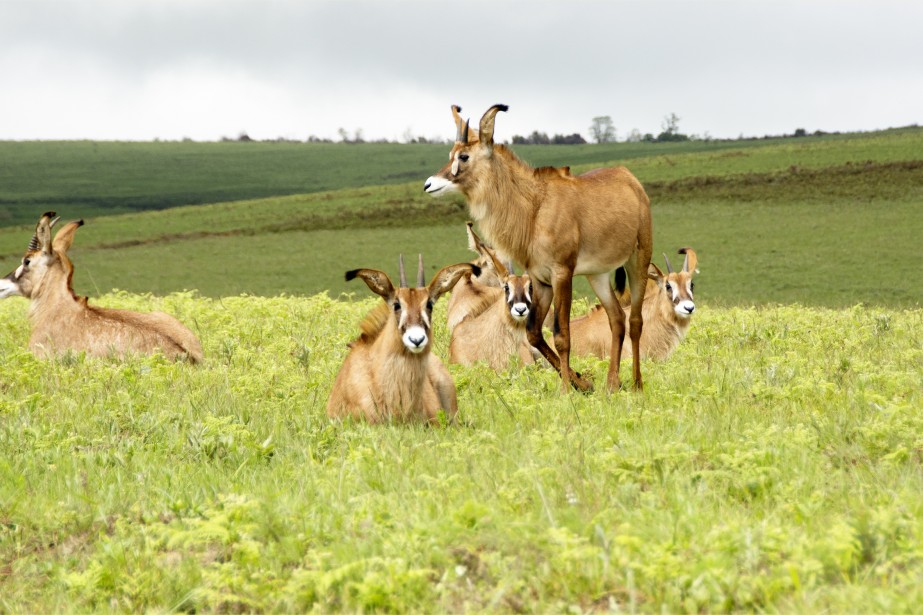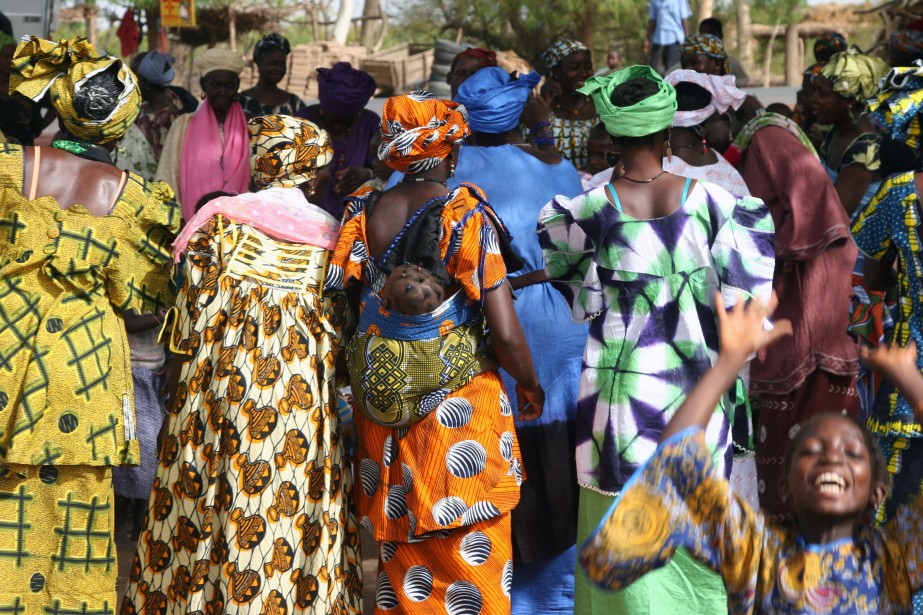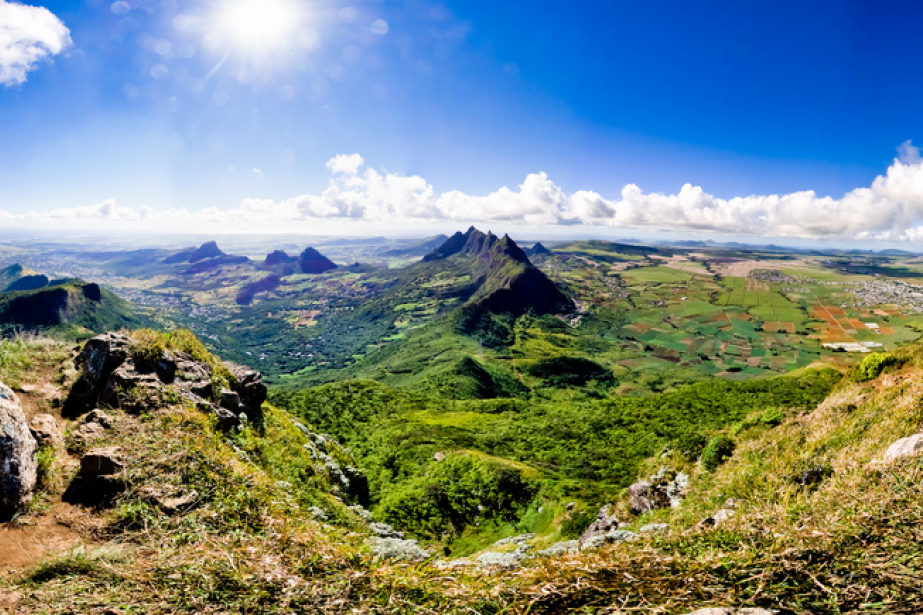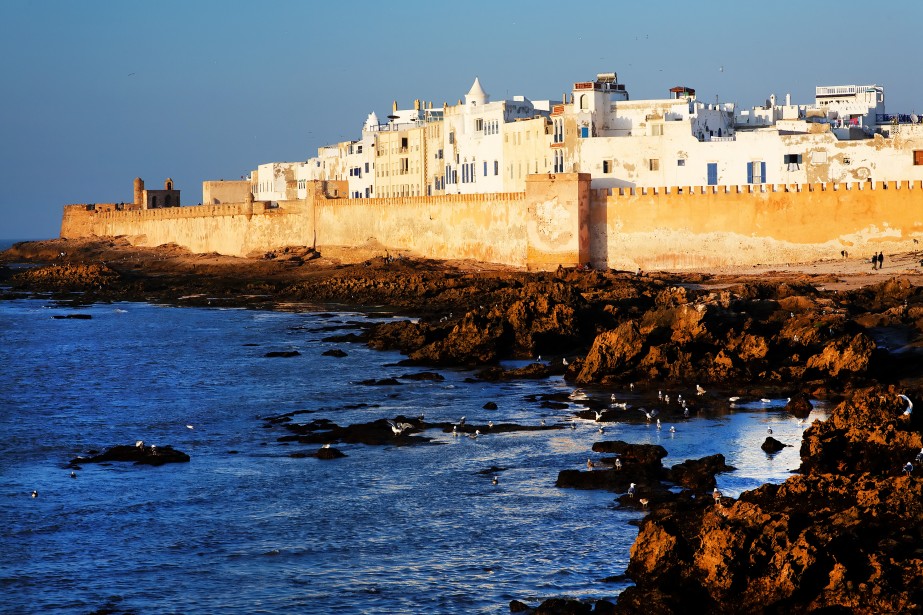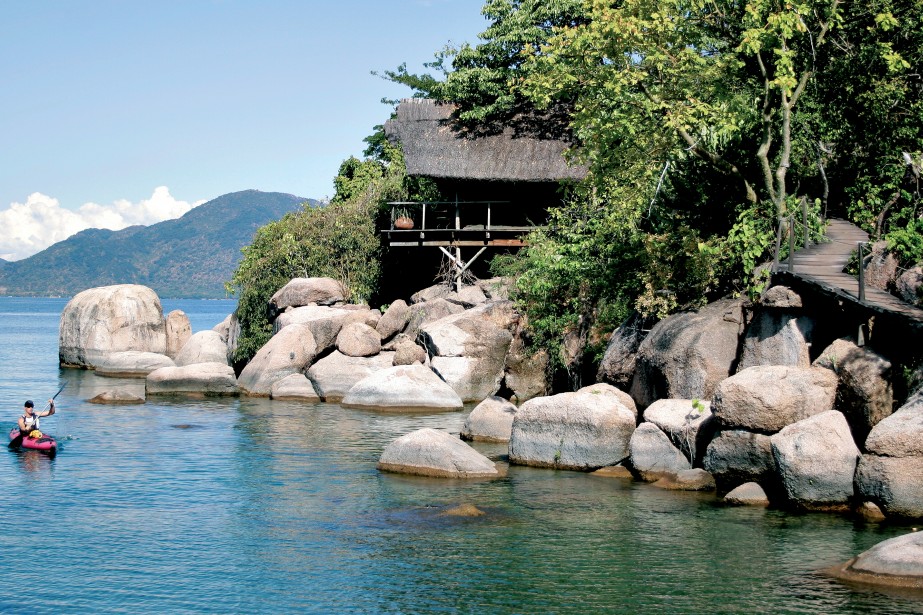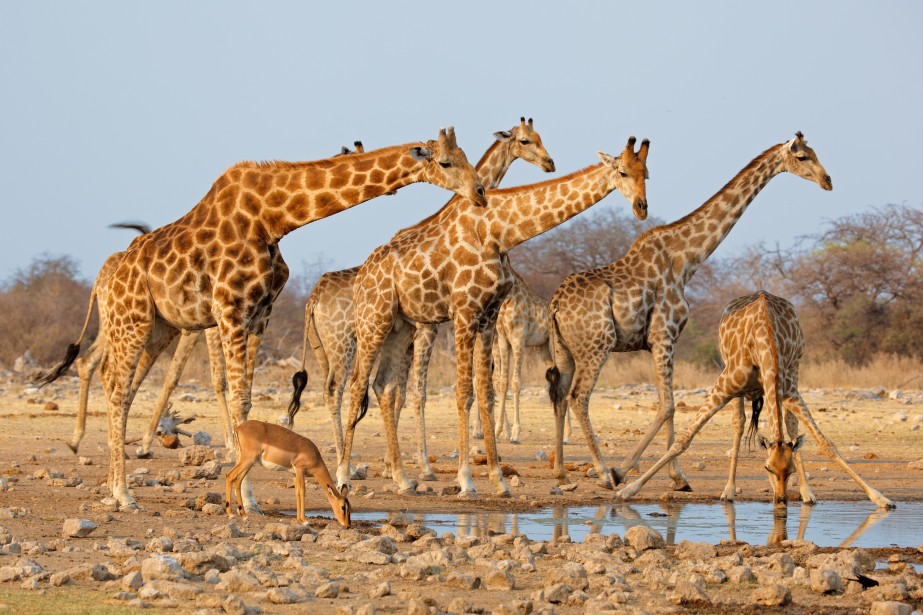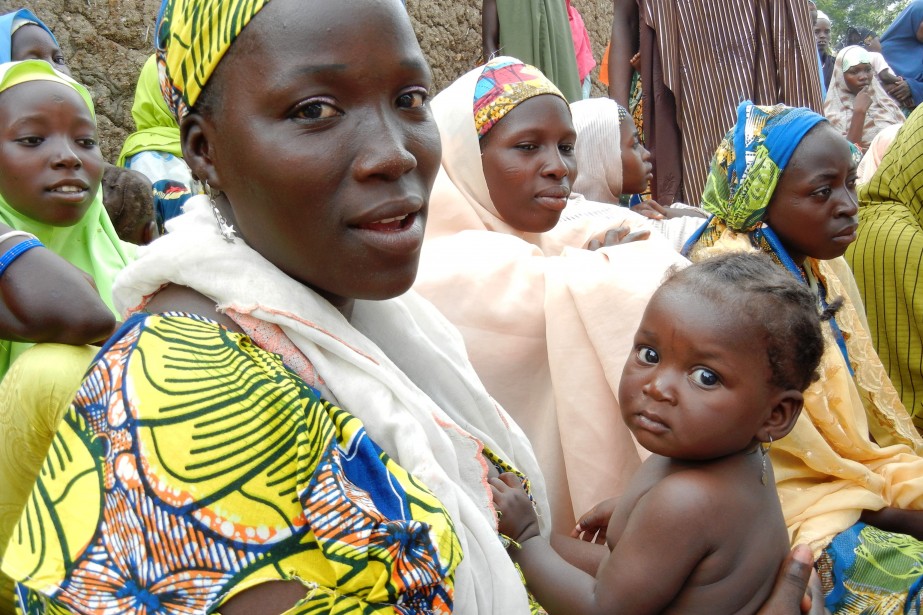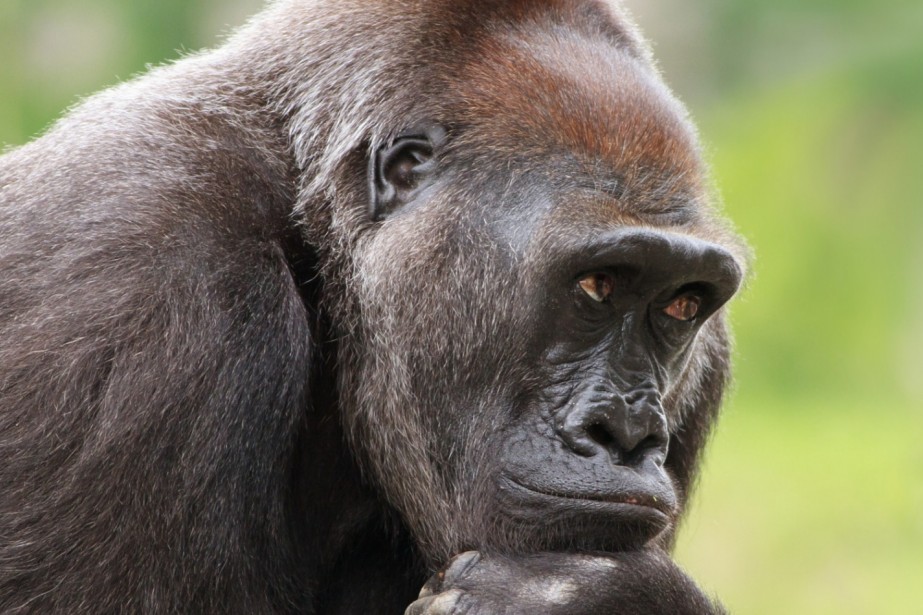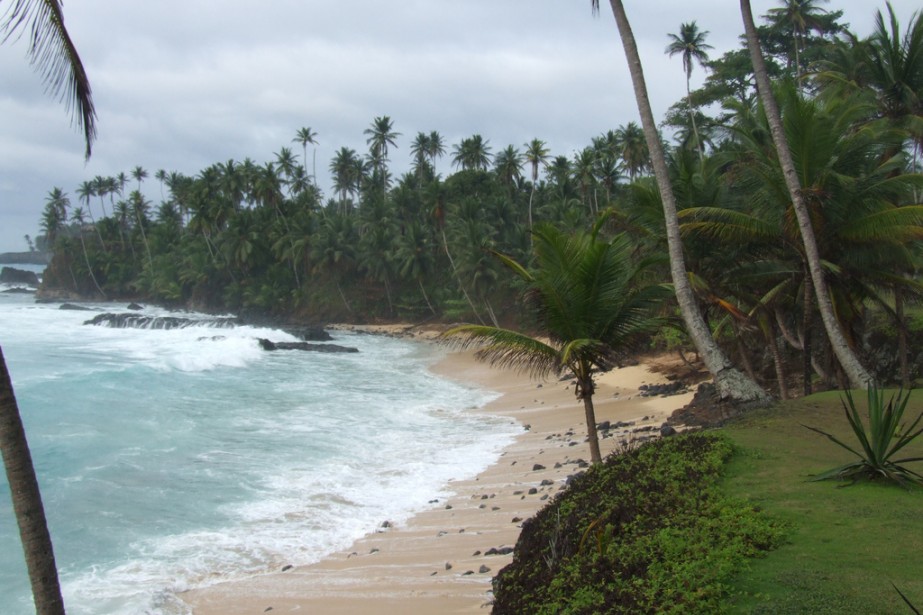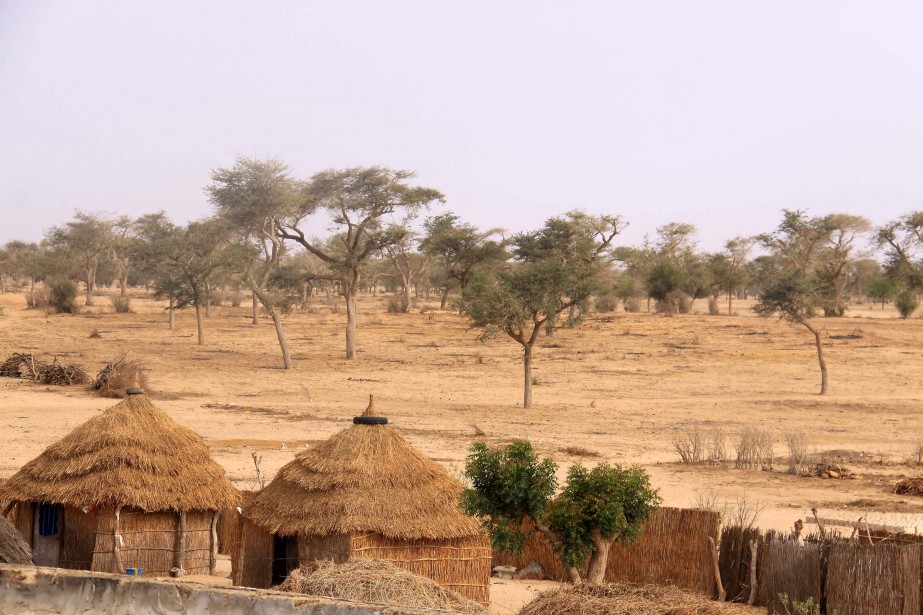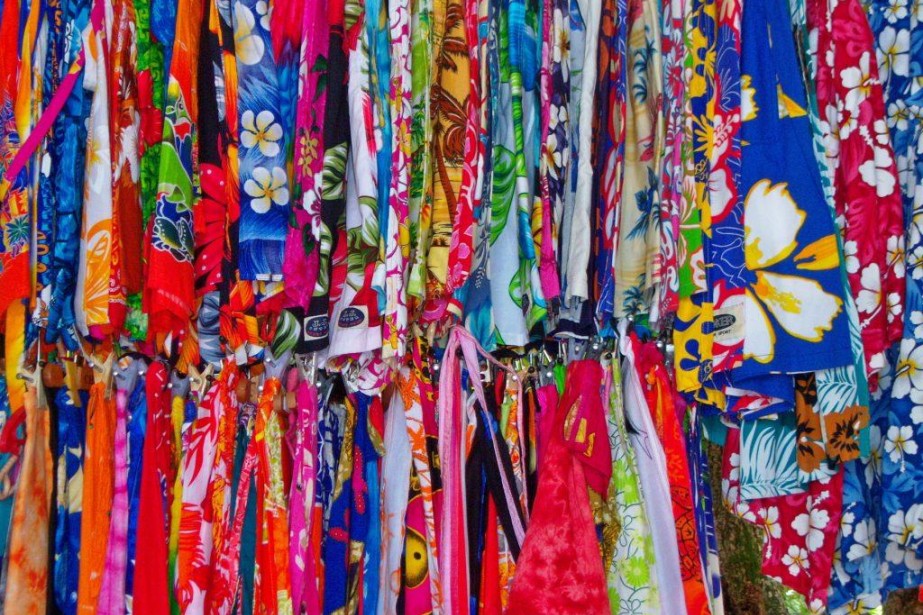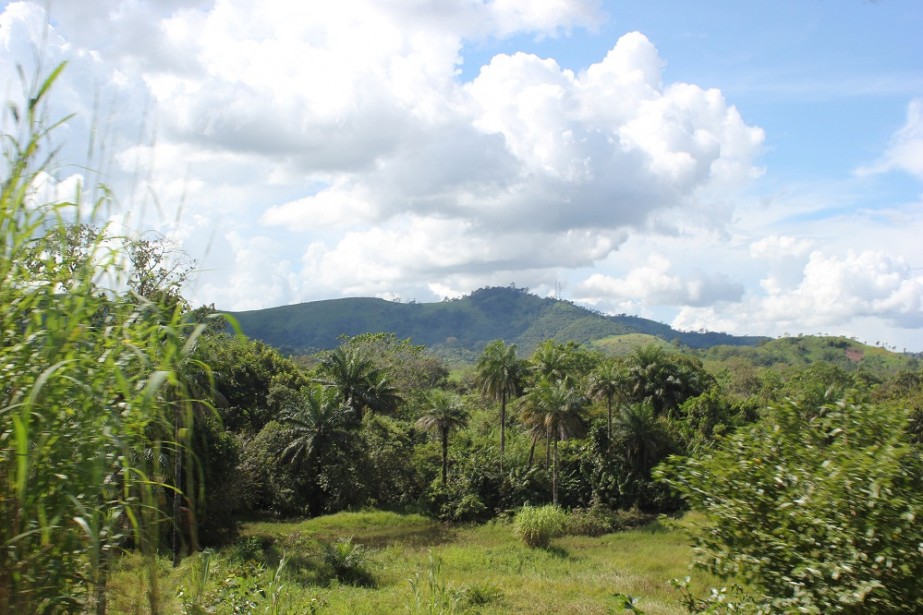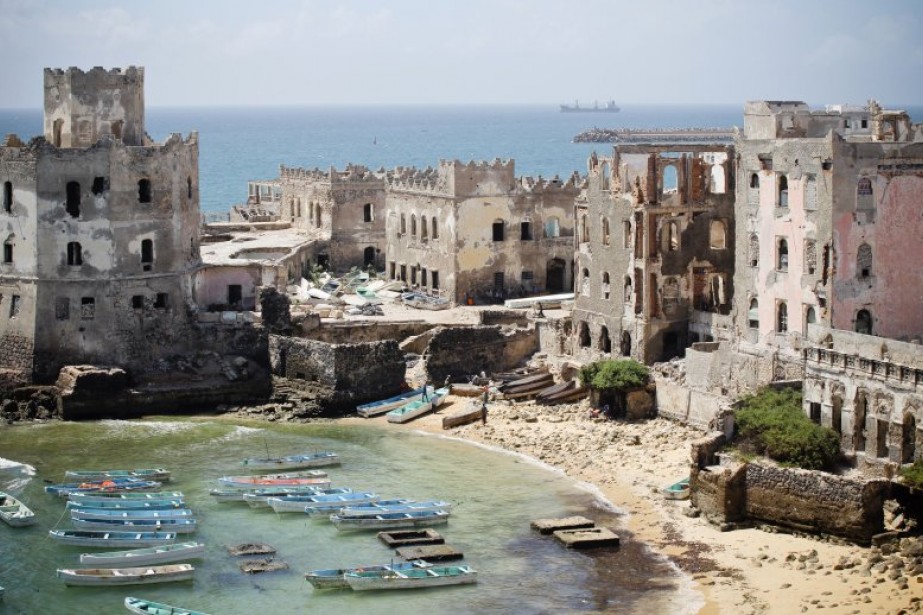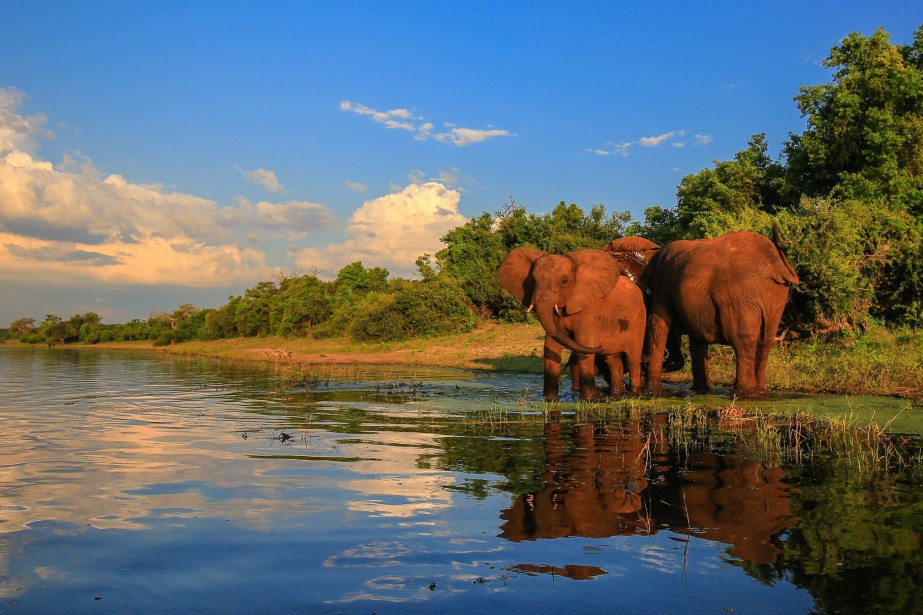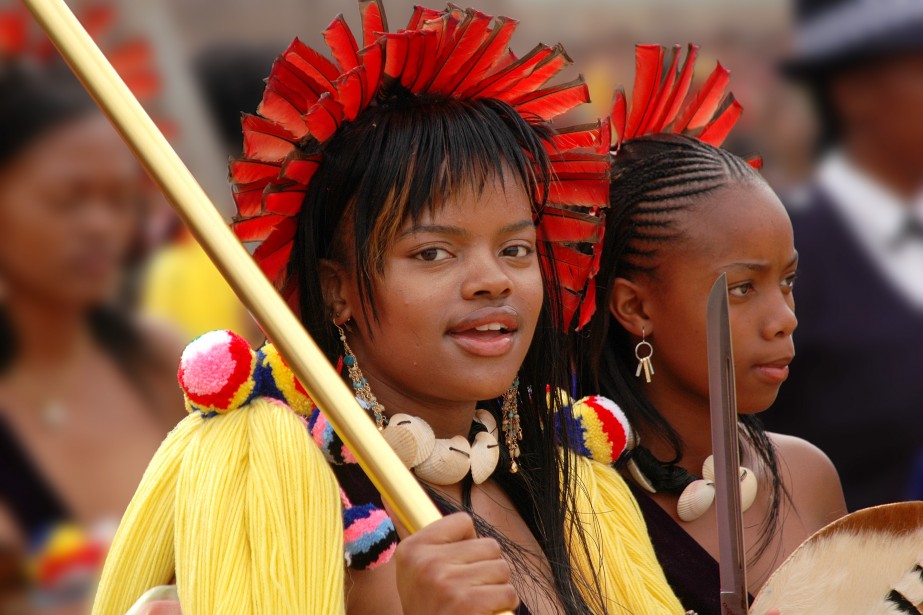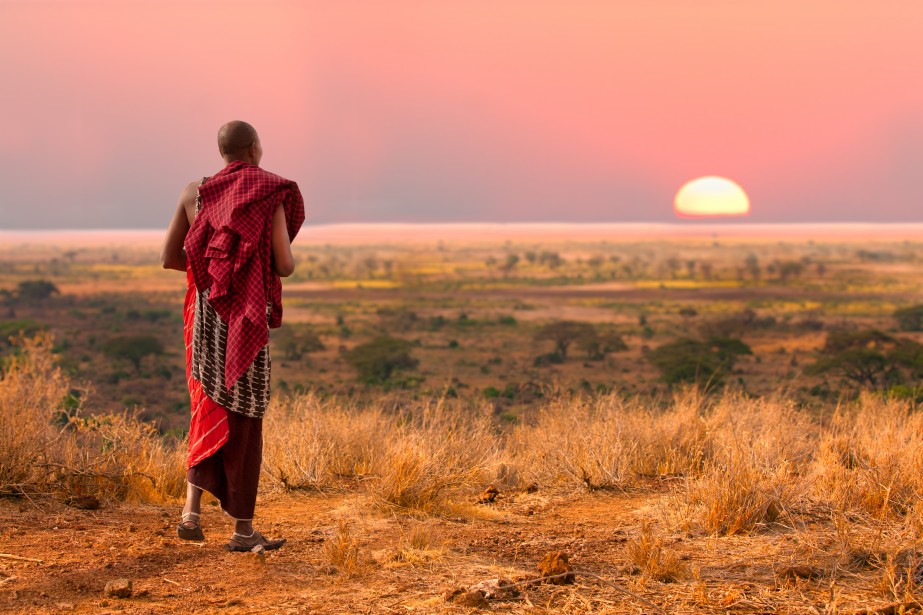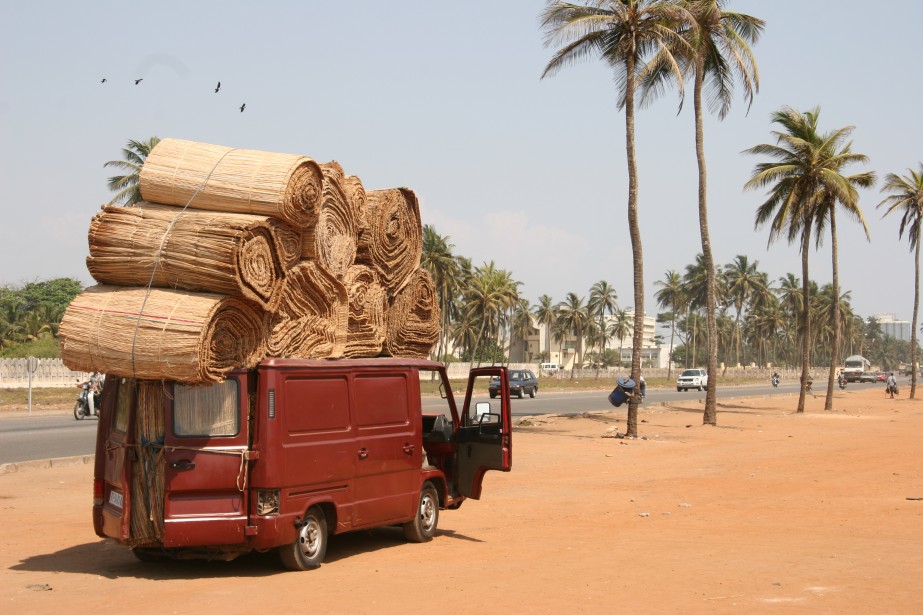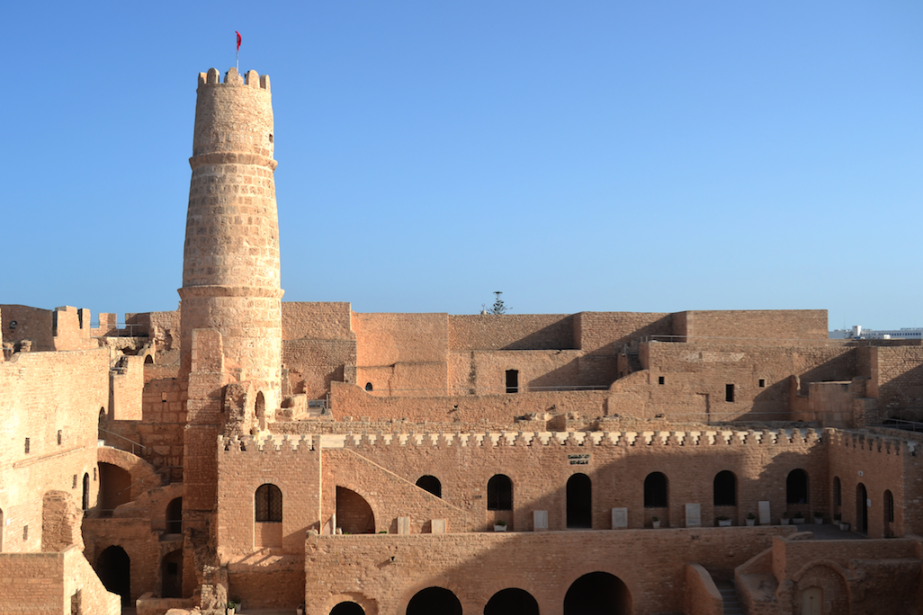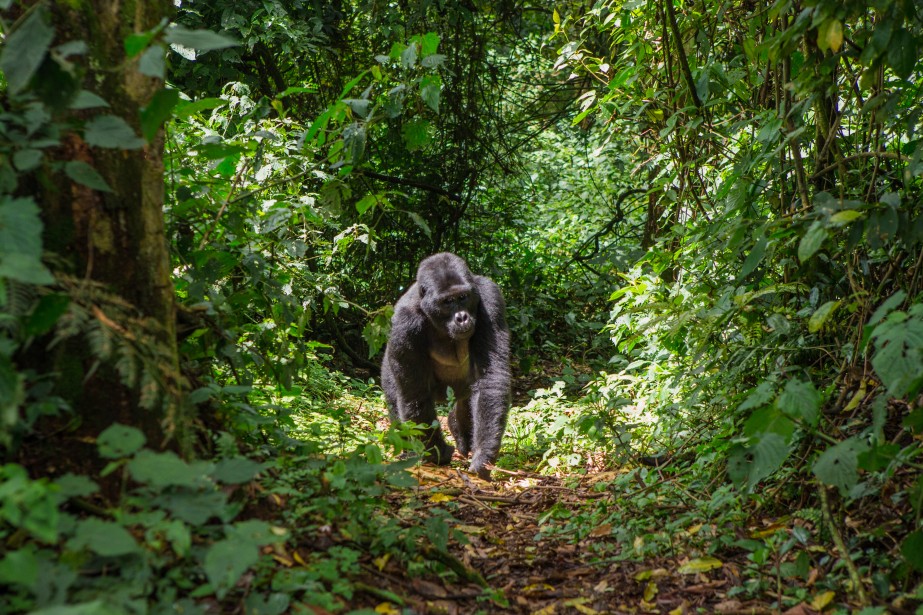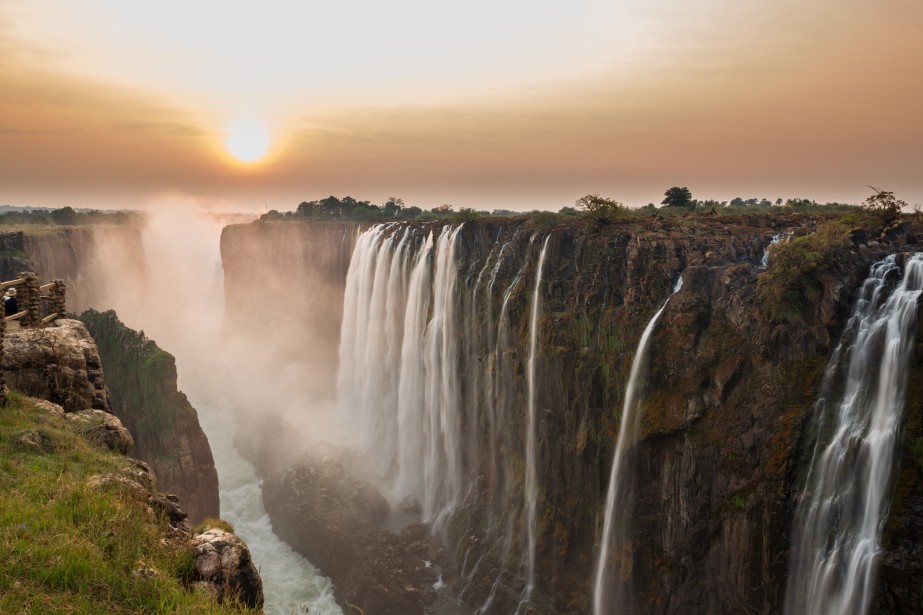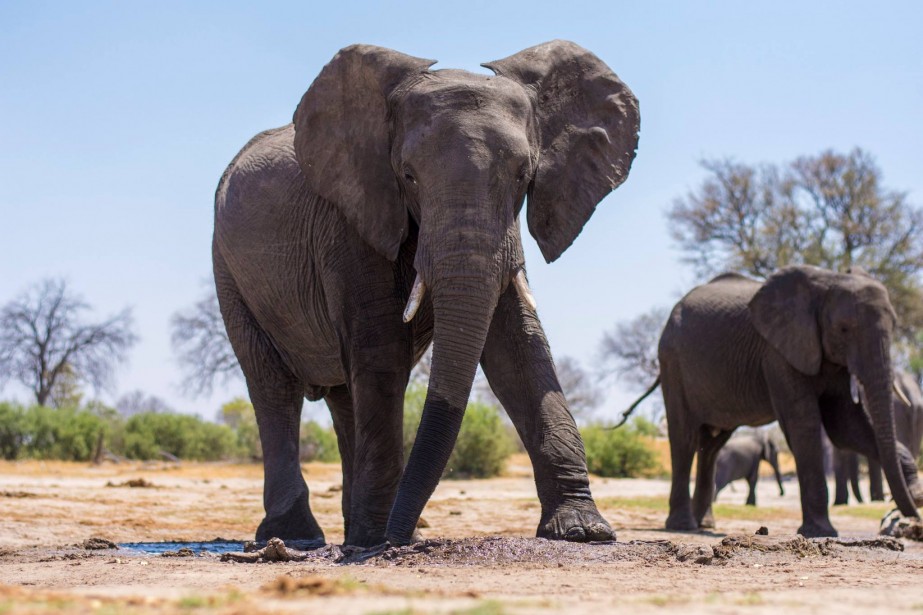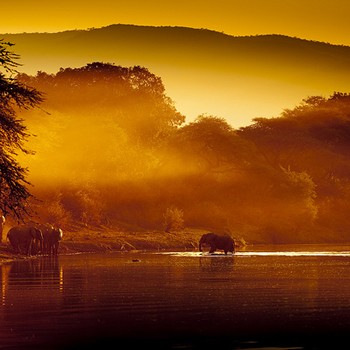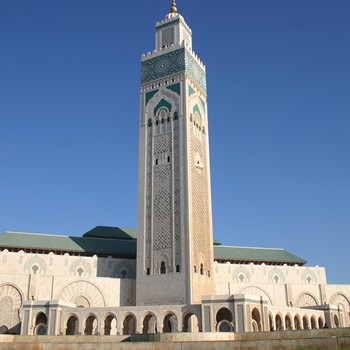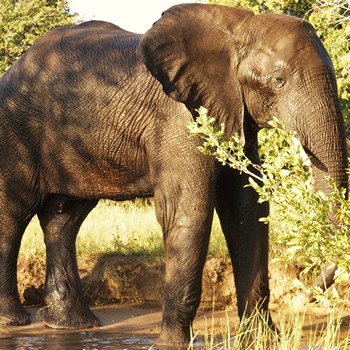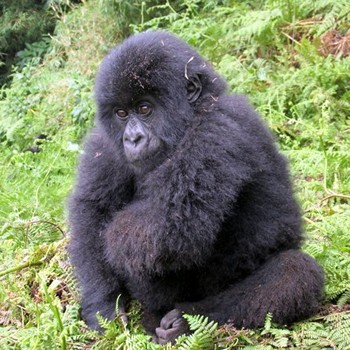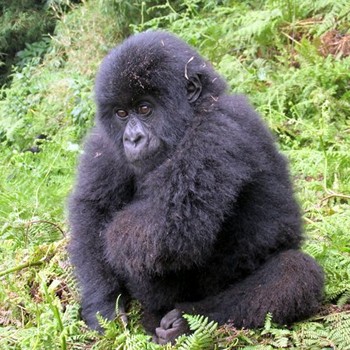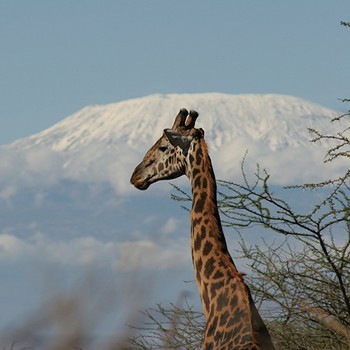Submitted by Cathie Johnson on November 18, 2015
AN OVERVIEW
Despite its proximity to some of the driest regions in Africa, Guinea is known for being one of the wettest countries on the continent. Because of this increase in rainfall you can find yourself in some of the lushest landscapes, especially in the southernmost region of Guinea. Despite the deforestation in this region, there are still full rainforest areas filled with thriving teak and mahogany trees. Waterfalls and babbling streams can be found weaving throughout the inland region of the country and in the upper region you’ll come across wondrous plains and valleys.
It’s impossible to avoid the capital city of Conakry, which throbs with a pulsating energy that always comes with a city that is not only growing but is influenced by a wide range of various cultures. Dozens of languages are spoken in Guinea, including eight official national languages such as Toma, Bassari, and Kissi. The official language of the country is French, a carryover from the former colonization of Guinea.
It is important to take note that due to the 2014 Ebola outbreak there are often travel advisories in place for travel to Guinea. Commercial flights, medical facilities, and general resources have been affected throughout the region and may continue to be affected. Though the number of Ebola cases have declined throughout Guinea in 2015, it is still vital that you stay abreast to the advisories put in place by your government.
As always, stay aware of your surroundings and be especially cautious when traveling at night.
WHEN TO TRAVEL - WEATHER
Guinea is known for being one of the wettest countries in all of Africa, so make sure to pack in a way that makes you ready for anything. The country has a humid and tropical climate with distinct wet and dry seasons. The wet season, known also for its monsoons, begins in approximately May and last until November and the dry season runs from December to May. The average temperature high for Guinea lands around 84-degrees Fahrenheit and the average yearly low is approximately 73-degrees Fahrenheit.
The best time of year to visit Guinea falls during the rainier season, though this increases the chances of challenging roadways due to heavy rains and potholes. When traveling during the rainy season, aim to visit towards the beginning of the season (around June) before roadways have been roughed up by the weather. Muddy roads can make it difficult to get around, especially towards the end of August.
Despite the rain, the temperatures can still be rather warm during the rainy season so pack in a way that will be both light and waterproof. Also consider the best footwear that will help support you in warm, moist, weather.
If you choose to travel during the drier season, between December and May, be prepared for some high heat with temperatures sometimes reaching the mid-90s. In addition, something to consider during the dry season is the harmattan wind, which is known for kicking up the dry sand from the Sahara. This wind has been known to stir up so much sand that visibility is reduced to less than a mile.
GUINEA CUISINE AND DRINKS
The local cuisine of Guinea is heavily influenced by the climate and geographical landscape, with staples coming in the form of rice, millet or heavier starches such as yams, corn, and cassava. The socioeconomic status of a family will also determine the type of food seen at a meal. The starches or carbohydrates are often flavored with a variety of different sauces, ones that are based in such items and tomatoes or okra. While proteins such as fish or poultry are often present in meals, a lot of the time meals are protein deficient and reflects in the nutrition of the people.
It is impolite to eat while walking in Guinea and meals are often eaten communal-style, with large shared bowls. With a spoon, women will often share a meal from one bowl and men will eat from a separate bowl. Due to economic restrictions, a lot of people in Guinea can only afford to eat one large meal a day and will eat in the middle of the day.
One of the dishes they are best known for in Guinea is hot maize (corn) soup. The soup is often served with calabash, a type of gourd. As far as beverages go, the country has a love for fresh fruit juice and West African beers.
When you find yourself in the capital city of Conakry you will come across a variety of international-style restaurants. Due to the influences from the French history, you’ll find several French patisseries in the capital serving special cakes and coffee.
POPULAR SITES OF GUINEA
- Conakry: The capital city of Guinea, Conakry, is the largest city within the country. Located on the Atlantic Ocean, Conakry is a port city and is vibrant with trade and culture. Spend time in the lush botanical garden or visit the Grande Mosquée. Like many large cities, Conakry has grown quickly and has a dense population which can result in social conflict.
- Grande Mosquée: Located in the invigorating capital of Guinea, Conakry, the mosque is large enough to hold 10,000 devotees. While tours are not provided, the breathtaking façade of the building alone are worth a visit. With elegant spires reaching towards the sky above and graceful domes adorning the rooftop, the Grande Mosquée is a beautiful punctuation mark on the landscape of the city.
- Guinea National Museum: With sculptures and history, the Guinea National Museum may not have an abundance of items but makes up for it with heart. As one of the only museums in Conakry it is worth a visit to see what is on display at the time. It provides a glimpse into the local culture and story of the capital city.
- Soumba Waterfalls: Located approximately 2 hours north from the capital city of Conakry, the “Les Cascades De La Soumba” are as refreshing of a sight as they are beautiful. With a restaurant located directly by the falls, you might want to make an afternoon of the visit, enjoying a quick meal while watching the cascading waters.
PRACTICAL INFO FOR GUINEA
Visas
You must obtain a visa in order to enter Guinea. The applications can be found at the Guinea Embassy in Washington, DC and can be obtained by email, mail, or downloaded online. You must complete two applications, provide 2 passport size photos, a valid passport, a letter stating the purpose of the trip to Guinea, and the processing fee. In addition you will be required to provide a copy of a Yellow Fever vaccination certificate that shows you were vaccinated before visiting the country. There are one month, single entry visas available, as well as three month, multiple entry visas available.
Banks and Currency
It is uncommon to see credit cards used in Guinea so it is advised to plan to pay for everything with cash. And though ATMs work with foreign cards they may not always be readily available. It is rare to find a place that can easily and efficiently use credit cards, so it’s best to avoid depending on a credit card. In addition, avoid using travelers cheques.
Take cash that you can then get exchanged at a bank into Guinean francs (GNF). The banknotes often found in Guinean francs are those of 100, 500, 1000, 5000, and 10000. It is important to always use official money changers as the use of unofficial changers is illegal. The central bank in Guinea is the Central Bank of the Republic of Guinea.
Transportation
You will find there is no bus system and taxis are inexpensive. However, keep in mind that the traffic congestion, especially in Conakry, could lead to a lot of waiting around inside a vehicle. In addition the lines to wait for gas at gas stations can build up quite long, so be prepared to wait in lines for gas as well.
Manners
Much as the people of Guinea are warm and authentic, so too should visitors to the country treat the locals. Be sure to greet people you pass, shake hands, and treat everyone with courtesy. Despite the lack of infrastructure in the country as a whole, the culture still encourages general kindness and it’s important to remember politeness while engaging with the country around you. Avoid taking photographs of political buildings or military bases.
https://www.gov.uk/foreign-travel-advice/guinea/money
http://www.lonelyplanet.com/guinea
http://journeymart.com/de/guinea-best-time-to-visit.aspx
http://friendsofguinea.org/visiting-guinea/helpful-tips

